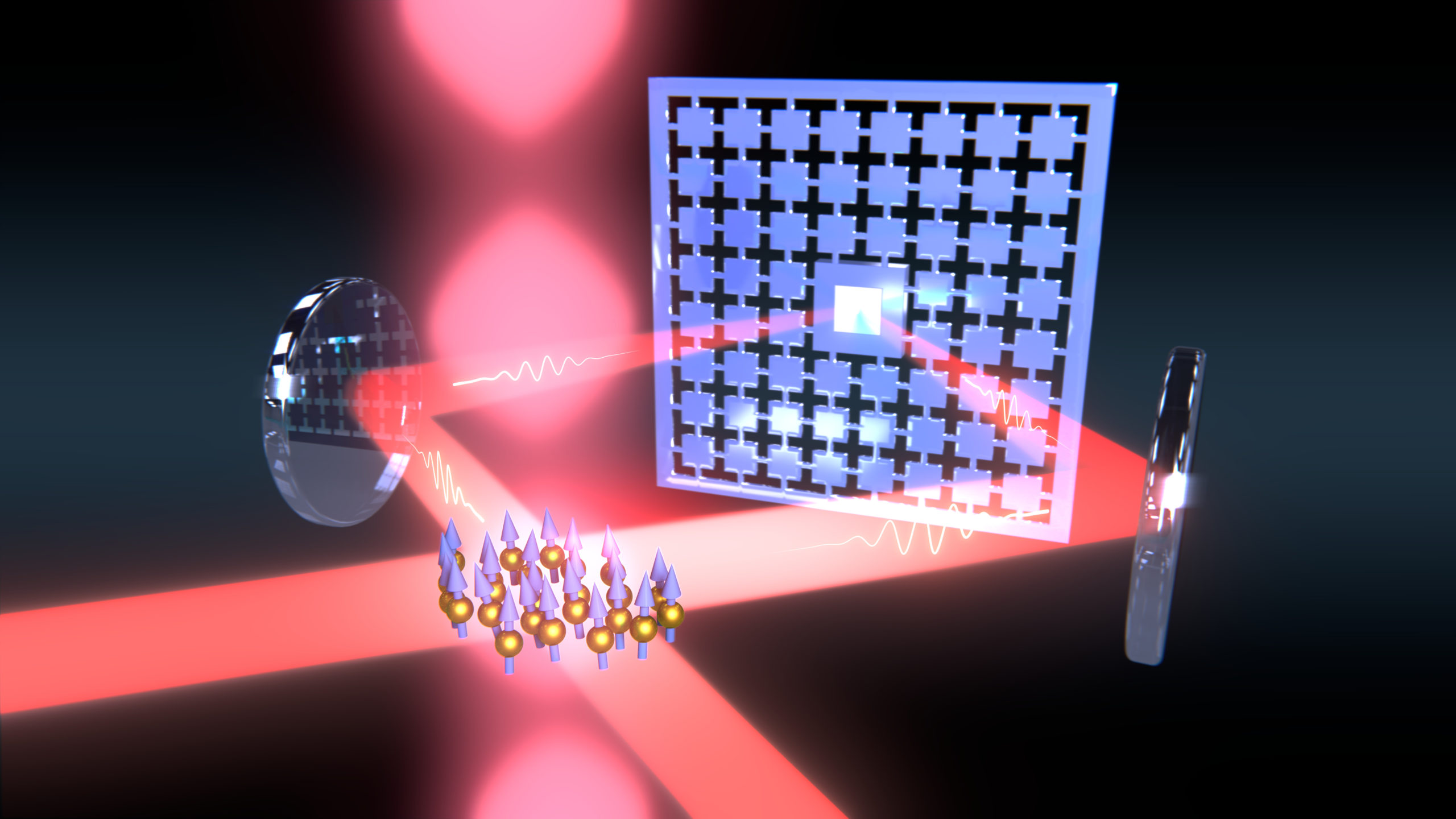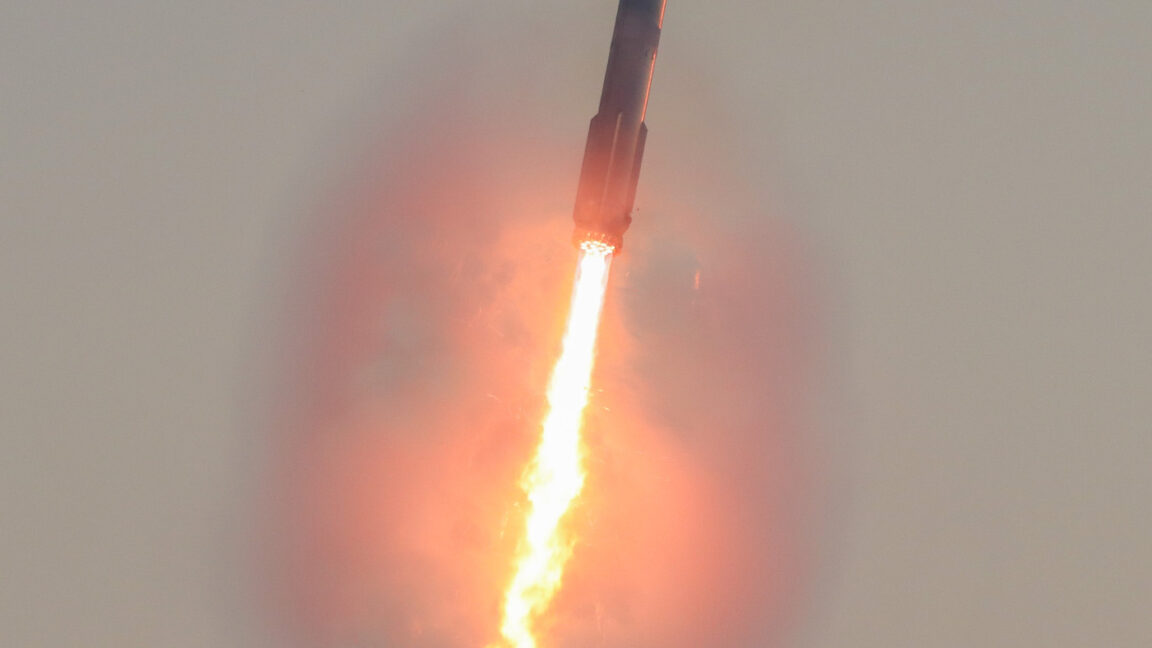Way back when I was still working in the lab, there was a lot of buzz about something called "coherent control." The basic idea was to take the principles of traditional control theory—the same theory that makes things like cruise control work—and apply them to quantum systems.
Some very cool ideas and insights came out of that early work, but it has taken a while to put them into practice. Now, we might be starting to see some practical applications emerging, with researchers demonstrating in a new paper the active cooling of a membrane using coherent control.
Measurement is bad
A traditional control system has something like a desired state, such as the target speed of a car. By repeatedly measuring the speed of a car and accelerating or decelerating, the control system can bring the car to the target speed.
Deciding how much acceleration or deceleration to apply at any given moment is the actual art of building a control system. But the key to the entire process is that measurement. Without it, the control system falls apart.
To give you an idea of where we are heading, we'll look at how a quantum control system must differ from a classical control system. Let’s imagine that I have a quantum system with two possible states that we will call "up" and "down." My goal is to develop a control system for my quantum system. I choose a target state for the system—up.
My system starts in a balanced superposition of up and down, meaning that if I measure the state of the system, I have a 50 percent chance of getting "up." The other half of the time, I get "down." Once measured, however, the state is set, and any further measurements will produce the same results. There is no chance to alter the system from then on.
In other words, my control system will not work half the time, and the other half, it will have nothing to do.
State of change
However, a quantum system is not static. Left to itself, the initial superposition state will evolve—after a few seconds, the probability of measuring "up" will not be 50 percent. If I understand my quantum system, I can drive that evolution with a light, a magnetic field, or some other kick in the quantum pants. If my kick is timed right—and of just the right amount—when I measure, I will find the system in the up state 100 percent of the time.
What I've described is only half a control system, as I'm only using a model (my understanding) of the quantum system to choose the timing and intensity of the kick I give it. The loop can be completed by allowing the quantum system to interact in some way with the kick that I apply so that it switches itself on and off at the correct times. My simple example doesn’t immediately suggest a way to do that, however.
In a more complicated quantum system, the effect of a measurement is more subtle. It introduces a back action that can limit your ability to reach the target state. In the coming example, the goal is to cool a membrane, which basically means extracting all the thermal energy from it so that the membrane vibrates in its lowest energy state—a state with just a single quanta of energy.
Now imagine that my control system measures the vibration of the membrane to adjust my energy extraction tool (whatever that might be). The measurement will add at least one quanta of energy, so even if I hit the target state, my measurement will remove the membrane from the target state by adding energy. Avoiding this measurement step is the magical ingredient to the researcher’s control system.
Cool membranes are cool
In the authors' setup, the controller is a cloud of rubidium atoms cooled to near absolute zero and held in a trap. The trap is shaped like the bottom of a bowl, so the atoms gently slosh back and forth. The atoms are also subjected to a magnetic field so that they align their own magnetic fields.
The trick to controlling the membrane is to use the atoms to control the intensity of a light beam that passes through it. As the atoms go back and forth, they cause the light to brighten and dim via an indirect process. The common orientation of the atoms (caused by the applied magnetic field) causes the orientation of the light’s electric field to rotate. This rotation is then passed through a second device that converts the polarization rotation to an amplitude (brightness) change.
This light beam then goes on to interact with the membrane, which is vibrating. The vibration is impressed on the light beam via a continuous phase shift that is larger when the membrane is hotter. These phase shifts are also changed to brightness fluctuations and sent back to the atom cloud.
The intensity fluctuations derived from the membrane then drive the atoms to slosh even more vigorously.
Wait, how does that cool anything?
Now we get to the crux of the whole system. Left to its own devices, the membrane will transfer its vibrational state to the atom cloud, and the atom cloud will transfer its state to the membrane. In principle, the cycle of transfer will go on forever. In the real experiment, however, only some of the energy is transferred, and you get about four cycles before the extraneous noise of the Universe butts in and destroys the setup.
However, the trap that holds the rubidium atoms can be tuned to efficiently suck energy out of them. So the hot membrane transfers some of its energy to the rubidium atoms, and the atoms quickly lose it. The next cycle, the atoms send a lower amount of energy back to the membrane, so the membrane continuously loses energy.
In fact, because the researchers control the trap, they can choose a target state and aim for that. In short, this is really a control system, with full feedback to ensure that we hit the desired state and do it without needing a quantum-state-destroying measurement.
Not very cold yet
In this version of the experiment, the researchers got down to about a few hundred phonons (units of vibrational energy) in the membrane. But this was in a setup where the membrane is in a room-temperature environment, so it gains energy very fast. The researchers calculate that if they operate in a cryogenic setup, they can drive the membrane down to the lowest vibrational state.
Why would we want to do this? It could serve as a bridge between three effective technologies.
Mechanical vibrations turn out to be a very good way to link quantum states between different systems, which is important for quantum information technology. Light is an excellent medium for transporting quantum information between distant locations, but atoms are much better places to store quantum information. At the moment, electronic circuits have the edge in performing quantum calculations.
The missing component is an efficient way to transfer quantum states between all three mediums. Mechanical oscillators that can be driven in controlled quantum states may well be the way to build that link.
Physical Review X, 2022, DOI: 10.1103/PhysRevX.12.011020 (About DOIs)


